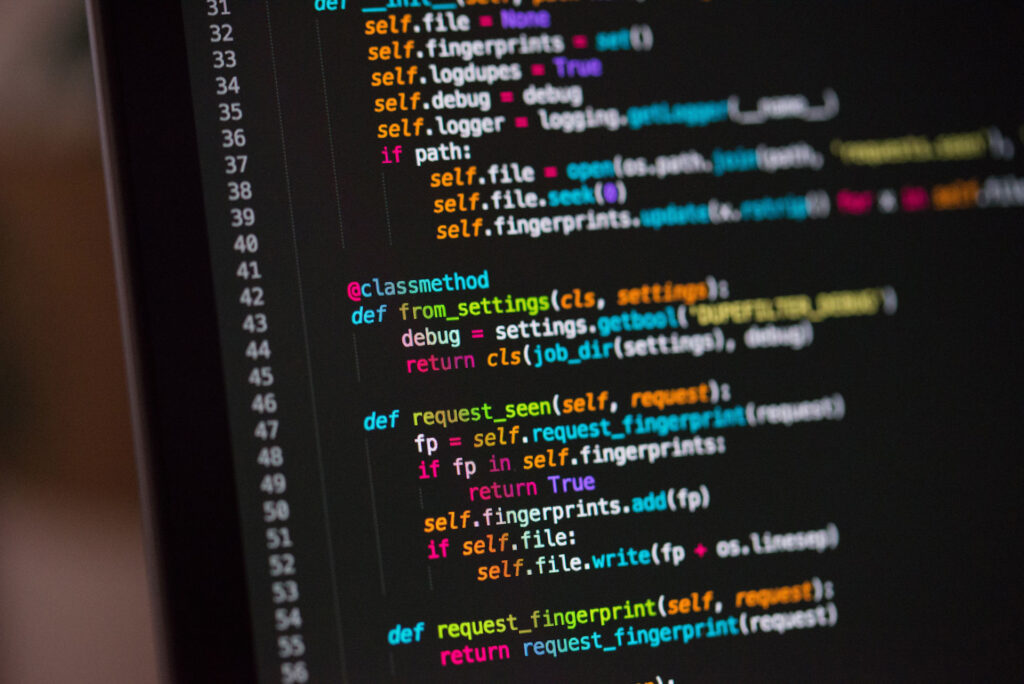If we want our kids to grow up to be active, productive contributors to society and we know they will be spending a lot of time on screens, we should be putting our kids in situations where they are creators versus consumers. As Sir Ken Robinson (education thought leader and TED speaker) said, “Creativity involves putting your imagination to work. In a sense, creativity is applied to imagination.” We know our kids are full of imagination, but where are they putting those thoughts to work these days?
When today’s parents were growing up, being imaginative consisted of mainly just envisioning things that weren’t there. We now have the technology to enable kids to code projects with what we call a low floor and a high ceiling. The low floor means there’s an easy entry for them to get into coding, and the high ceiling means there are few limits. Before, coding was essentially typing out commands, which was slow and complicated to learn, or you could copy/paste code someone else made, but that limited your creativity. We have programs today that enable kids to learn and create their own projects, turning imagination into reality.
With these capabilities, there are coding projects we can guide our kids to do while they are on breaks from school. If they enjoy playing games, challenge them to make their own. If they love reading or watching TV, challenge them to create interactive stories or animations. If they find satisfaction in solving problems and inventing things, encourage them to find a new or better way to do something.
Researchers at the University of Michigan have found the strongest predictor of emotional or social problems does not correlate with the amount of time kids spend on screens, but rather what they are doing while on them.
Kids are more apt to explore coding when approached with a variety of opportunities. If they enjoy LEGOs, observe how they play with them. If they follow the directions and leave the pieces as they are, they may like the copy/paste style of learning. If they take the characters out of the sets and make up their own stories, they may enjoy animation. Maybe they like to empty the bags and combine sets; this shows they are more open to learning the basics and making their own games or creations.
Kids all have different ways of using their imaginations and solving problems. Try presenting them with a prompt — can you make a game that does X, can you find a way to retell your favorite memory from our last vacation, etc., and see what they come up with.
The more we can get kids to actively create rather than passively watch something onscreen, the more actively their brains will work outside the educational environment. As parents, we have the opportunity to inspire their imagination and evoke their creativity. Doing so will ensure our kids make tomorrow’s world a better place.


WORDS: GRANT SMITH
V.P. of Education at Code Ninjas

